
 Products Center
Products Center
 Stone Crusher
Stone Crusher
 Grinding Mill
Grinding Mill
 Optional Equipment
Optional Equipment
 Mobile Crusher
Mobile Crusher
 Knowledge Hall
Knowledge Hall
 Crushers FAQ
Crushers FAQ
 Grinding Mills FAQ
Grinding Mills FAQ
 Mining Equipments
Mining Equipments
 Solution
Solution
 Stone Crushing
Stone Crushing
 Sand Making
Sand Making
 Ore Processing
Ore Processing
 Grinding Plant
Grinding Plant
 Construction Building Material
Construction Building Material
mixing cement sand and aggregate process

Know your materials: Cement, aggregate and …
The following mixes give the quantities of cement, lime, sand and coarse aggregate for different types of concrete and mortar mixes used in DIY.

Mixing Cement From Sand & Gravel | eHow
Mixing cement or concrete, as it is called when it hardens, is a matter of mixing cement, sand and gravel together in the right amounts and adding water to the mixture.
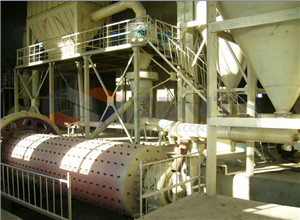
Ultrasonic Mixing of Cement Paste For Concrete
Ultrasonic Mixing of Cement Paste For Concrete. The ultrasonic mixing of cement paste offers great benefits for precast molding, drycast and concrete plants.

How to Mix Cement Without Sand | eHow
Concrete most often consists of cement, water and sand. Sand is the most common aggregate additive to cement but it is not the only option. You can use many other ...

A Guide to Masonry Skills: Mixing and Using …
MOTHER's Handbook: A homeowner's lesson in masonry provides a helpful guide to mixing and using cement. (See the cement illustrations in the image gallery.)
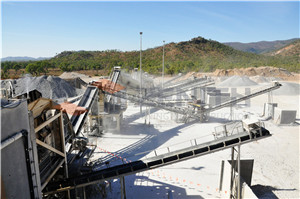
Mixing And Pouring Concrete for the Do It Your …
Give us your feedback about this Cement Mixer article. Please submit your feedback in the comment box below. We ask you to be respectful to others in your comments.

Concrete - Wikipedia, the free encyclopedia
Concrete is a composite material composed of water, coarse granular material (the fine and coarse aggregate or filler) embedded in a hard matrix of material (the ...

Impact Sand and Gravel - Glossary | Impact Sand …
Glossary of words commonly used in the aggregate business ... A (see activity) AASHTOAmerican Association of State Highway and Transportation Officials
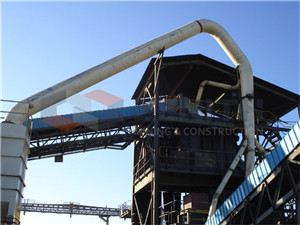
Aggregate production process machine - Mining, …
Aggregate production process machine. Mining Machinery provides professional aggregate production equipments and comprehensive technical support for you!

Mixing (process engineering) - Wikipedia, the free ...
In industrial process engineering, mixing is a unit operation that involves manipulation of a heterogeneous physical system with the intent to make it more ...

Amerimix | High Quality Mortar & Stucco Mixes
Amerimix silo systems offer efficient, convenient product mixing and delivery on your jobsite. Our silo systems reduce mixing times by up to 50%, resulting in ...

Moxie International - Glossary
The people involved in the cement or concrete industries, whether an architect, engineer, contractor, worker, material supplier or other person, need to understand ...

Water-to-Cement Ratio and Aggregate Moisture …
Two of the most commonly specified requirements for concrete used in the manufactured concrete products industry are the design compressive strength (f’ c) and the ...

How To Mix Cement | Equipment and Materials
Think mixing cement is easy? Think again. While it is not brain surgery, it can be an arduous task that requires some degree of precision for peak performance.

Cement - Information about Components of …
Information about types of cement, importance of water to cement ratio, what concrete is made of, and how cement is made.

Cement and Concrete : Environmental …
The water, sand, and gravel or crushed stone used in concrete production in addition to cement are also abundant (typical proportions of a residential concrete mix ...

concrete mix - Civil and Environmental Engineering
Equipment Used. Concrete mixer; Slump cone; Air content by pressure method (type B) Various small tools; Procedure for Mixing Concrete. Use the data sheet from the ...

Brick Block Paver Mixing guide - Doubell Machine …
Sand/Cement Block & Brick Making Is Based On The Principle Of Compressing Material In A Confined Space To A Predetermined Height & Density. 1 AGGREGATE

Mixing concrete and mortar | DIY Tips, Projects & …
The following mixes give the ratio of cement, lime, sand and coarse aggregate for different types of concrete and mortar mixes used in DIY. The proportion indicates ...
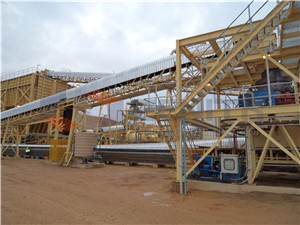
Notes On Building Construction Vol3 | by Henry …
Materials. Advanced Course, and Course for Honours. With 188 Illustrations

The History of Concrete and Cement - About …
By Mary Bellis. Concrete is a material used in building construction, consisting of a hard, chemically inert particulate substance, known as an aggregate (usually ...

Concrete blocks - sand - cement blocks
It is faster to build with concrete blocks than with bricks and the amount of mortar is reduced to less than half. If face shell bedding is used, in which the mortar ...

Cement Industry Equipment, Parts and …
Products, parts and components for the cement industry including cement conveyors, cement crushers, cement feeders, elevator buckets, railcar shakers, bins, hoppers ...

A classification of studies on properties of …
A study on the effect of replacing large volumes of cement (up to 75% by weight) with both classified and unclassified fly ash on strength of concrete reports ...

Mixing | Define Mixing at Dictionary
verb (used with object), mixed or mixt, mixing. 1. to combine (substances, elements, things, etc.) into one mass, collection, or assemblage, generally with a thorough ...

Amerimix | High Quality Mortar & Stucco Mixes
Amerimix silo systems offer efficient, convenient product mixing and delivery on your jobsite. Our silo systems reduce mixing times by up to 50%, resulting in ...
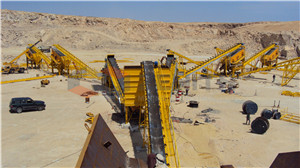
Moxie International - Glossary
The people involved in the cement or concrete industries, whether an architect, engineer, contractor, worker, material supplier or other person, need to understand ...

Water-to-Cement Ratio and Aggregate Moisture …
Two of the most commonly specified requirements for concrete used in the manufactured concrete products industry are the design compressive strength (f’ c) and the ...

How To Mix Cement | Equipment and Materials
Think mixing cement is easy? Think again. While it is not brain surgery, it can be an arduous task that requires some degree of precision for peak performance.

Cement - Information about Components of …
Information about types of cement, importance of water to cement ratio, what concrete is made of, and how cement is made.

Cement and Concrete : Environmental …
The water, sand, and gravel or crushed stone used in concrete production in addition to cement are also abundant (typical proportions of a residential concrete mix ...

concrete mix - Civil and Environmental Engineering
Equipment Used. Concrete mixer; Slump cone; Air content by pressure method (type B) Various small tools; Procedure for Mixing Concrete. Use the data sheet from the ...

Brick Block Paver Mixing guide - Doubell Machine …
Sand/Cement Block & Brick Making Is Based On The Principle Of Compressing Material In A Confined Space To A Predetermined Height & Density. 1 AGGREGATE

Mixing concrete and mortar | DIY Tips, Projects & …
The following mixes give the ratio of cement, lime, sand and coarse aggregate for different types of concrete and mortar mixes used in DIY. The proportion indicates ...

Notes On Building Construction Vol3 | by Henry …
Materials. Advanced Course, and Course for Honours. With 188 Illustrations
- Last Product: use of manganese in process of cement
- Next Product: turnkey crushing plant
RD Equipments
- procedures process for grinding machine
- turnkey granite quarry plant
- process carried out in profile grinding machines
- process of making
- ammonium sulphate from gypsum production process conditions
- production process of limestone powder used as cattle feed
- coke processing plant
- grinding balls for cement production
- pyroprocessing systems
- kaolinite clay processing